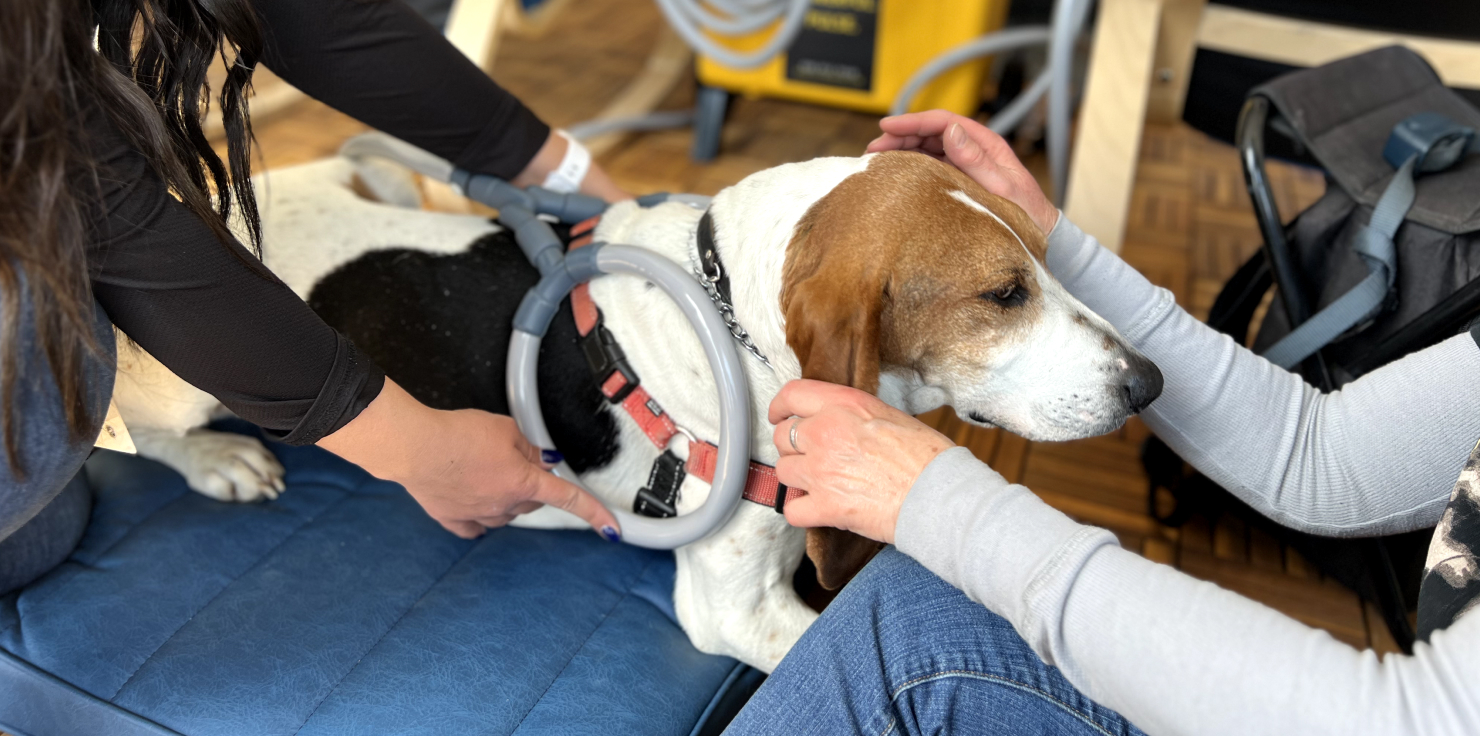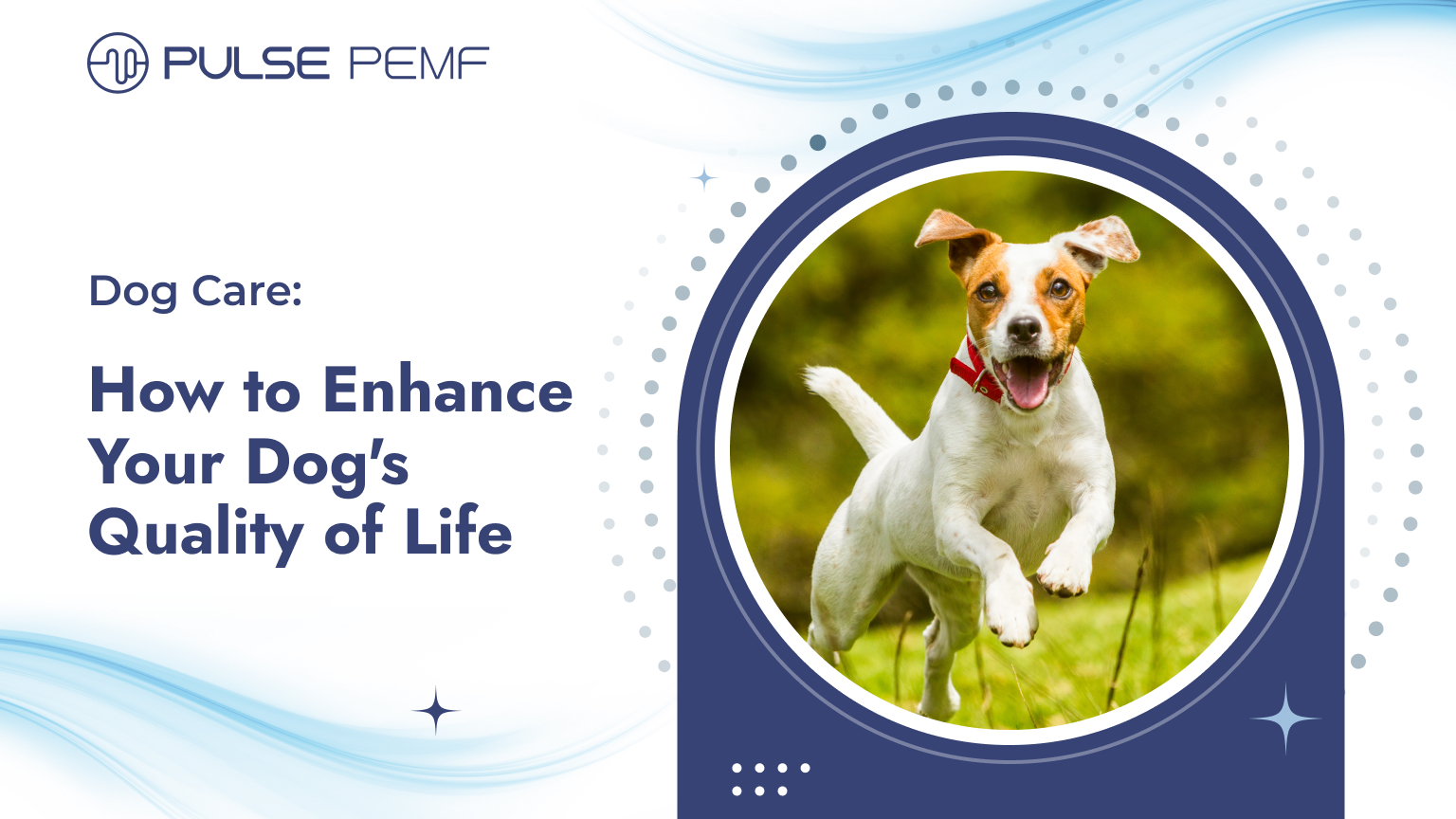A happy dog is a healthy dog. By providing your furry friend with a high-quality diet, regular exercise, mental stimulation, and proper healthcare, you can significantly enhance their overall well-being.
This blog post will explore various aspects of dog care, from nutrition and exercise to mental enrichment and preventive health. Let’s dive in and discover how you can create a fulfilling and joyful life for your canine companion!
Understanding Your Dog’s Basic Needs
A well-rounded approach to dog care involves addressing both physical and mental needs. Let’s delve deeper into the essentials:
Nutrition and Hydration
A balanced diet is the foundation of good dog care. Consult your veterinarian to determine the optimal diet for your dog’s specific needs, considering factors such as age, breed, and activity level. Here are some tips to keep in mind:
Commercial Dog Food: High-quality commercial dog foods are formulated to provide complete and balanced nutrition. If you choose to prepare homemade meals, consult with a veterinary nutritionist to ensure your dog receives all the necessary nutrients.
Foods to Avoid: Avoid feeding your dog foods that are harmful, such as chocolate, grapes, and onions.
Water: Always provide fresh, clean water. Water is essential for digestion, temperature regulation, and overall health. Monitor your dog’s water intake, especially during hot weather or illness.
Physical Exercise

Regular physical activity is vital for your dog’s physical and mental well-being. It helps maintain a healthy weight, strengthens muscles and bones, and can improve cardiovascular health.
Tailored Exercise: The type, intensity, and amount of exercise should be tailored to your dog’s breed, age, and health condition.
Variety: Incorporate a variety of activities, such as walking, running, swimming, or playing fetch, to keep your dog engaged.
Avoid Overexertion: Overexertion can lead to injuries, so it’s important to listen to your dog’s body and avoid pushing them too hard.
Mental Stimulation
Just like physical exercise, mental stimulation is essential for your dog’s overall well-being. Mental stimulation can help prevent boredom, reduce anxiety, and improve cognitive function.
Training Sessions: Regular training sessions can be both mentally and physically stimulating for your dog.
Puzzle Toys: Puzzle toys can provide hours of entertainment and mental challenge.
Scent Work: Scent work games can be a great way to engage your dog’s sense of smell and provide mental stimulation.
By providing your dog with a balanced diet, regular exercise, and mental stimulation, you can help them live a long and healthy life.
Health and Wellness Essentials
Regular Veterinary Care
Regular veterinary check-ups are essential for maintaining your dog’s health. These visits allow your veterinarian to:
Monitor your dog’s overall health: Assess their weight, body condition, and vital signs.
Administer vaccinations: Protect your dog from infectious diseases.
Perform dental cleanings: Prevent dental disease and maintain oral health.
Screen for parasites: Check for fleas, ticks, and other parasites.
Detect early signs of illness: Identify potential health problems before they become serious.
Preventative Care
In addition to regular veterinary check-ups, there are several preventative measures you can take to keep your dog healthy:
Flea, Tick, and Heartworm Prevention: Consult your veterinarian about appropriate preventative medications to protect your dog from these parasites.
Dental Care: Regular brushing, dental chews, and professional dental cleanings can help maintain good oral health.
Supplements: Consider supplements like glucosamine and chondroitin to support joint health, especially for older dogs or breeds prone to joint issues.
Wellness Devices for Dogs

Wellness devices can be a valuable addition to enhancing dog care. One such device is PEMF (Pulsed Electromagnetic Field) therapy.
PEMF utilizes electromagnetic fields to potentially promote healing and enhanced cellular function in animals (and humans too!).
The technology has roots in early experiments with electricity and magnetism. However, modern PEMF devices deliver safe, targeted pulses that interact with your dog’s body at a cellular level.
Think of it like this: PEMF devices emit gentle electromagnetic pulses that stimulate and exercise our cells, influencing various processes within the body. This could lead to many beneficial effects like reduced discomfort, increased energy levels, enhanced recovery, and more!
While the exact mechanisms are still being explored, veterinarians are increasingly interested in the potential of PEMF to support animal well-being.
Interested in learning more? Visit our website or contact us today!
Remember, when choosing a wellness device for your dog, consider factors such as your dog’s specific needs, the device’s features, and your budget. Consult with your veterinarian to determine if PEMF is a wellness option for your dog.
Socialization and Emotional Health
Importance of Socialization
Socialization is crucial in dog care. By exposing your dog to various people, animals, and environments, you can help them develop good social skills and reduce anxiety.
Positive Experiences: Make sure your dog’s social experiences are positive. Reward good behavior and avoid situations that may cause fear or stress.
Start Early: Begin socializing your puppy as early as possible to establish good social behaviors.
Emotional Bonding and Affection
A strong bond with your dog can significantly improve their emotional well-being. Spend quality time with your dog every day, engaging in activities they enjoy.
Positive Reinforcement: Use positive reinforcement techniques to reward good behavior and build trust.
Affection and Praise: Show your love and affection through petting, cuddling, and verbal praise.
Reducing Stress and Anxiety
It’s important to recognize the signs of stress and anxiety in your dog. Some common signs include excessive barking, whining, pacing, or destructive behavior.
To help reduce stress and anxiety, consider the following tips:
Create a Calm Environment: Provide a quiet and safe space for your dog to relax.
Consult with a Veterinarian or Animal Behaviorist: If your dog is experiencing severe anxiety, consult with a professional for guidance and treatment options.
Training and Behavioral Development

Obedience Training
Obedience training is essential for a well-behaved dog. Basic commands like “sit,” “stay,” “come,” and “leave it” can help improve your dog’s behavior and safety. Consistent training sessions can strengthen your bond and make your dog more responsive.
Addressing Behavioral Issues
Some common behavioral issues in dogs include:
Barking: Identify the cause of barking and address it accordingly (e.g., boredom, anxiety, or a need for attention).
Chewing: Provide appropriate chew toys and redirect chewing behavior to acceptable items.
Digging: Create designated digging areas and provide plenty of mental and physical stimulation.
Jumping: Discourage jumping by ignoring the behavior and rewarding calm behavior.
If you’re struggling to manage your dog’s behavior, consider consulting with a professional dog trainer or behaviorist.
Enrichment Activities
Enrichment activities can help stimulate your dog’s mind and prevent boredom, potentially promoting good behaviors. Some ideas include:
Puzzle Toys: Puzzle toys can provide mental stimulation and keep your dog occupied.
Training Sessions: Regular training sessions can be both mentally and physically stimulating.
Scent Work: Hide treats or toys for your dog to find.
Playtime: Engage in interactive play, such as fetch or tug-of-war.
By incorporating enrichment activities into your dog’s daily routine, you can help prevent behavioral problems and promote overall well-being.
Enhancing Quality of Life as Dogs Age
Common Health Issues in Senior Dogs
As dogs age, they may experience various health issues. Some common conditions include:
Arthritis: Joint pain and stiffness can limit mobility.
Dental Disease: Poor oral health can lead to pain and infection.
Vision and Hearing Loss: Sensory decline can affect a dog’s ability to navigate their environment.
Regular veterinary check-ups are crucial for early detection and management of these conditions.
Comfort and Mobility Aids
To ensure your senior dog’s care, comfort, and mobility, consider the following:
Orthopedic Beds: Provide comfortable and supportive bedding.
Ramps: Help your dog navigate stairs or elevated surfaces.
Joint Supplements: Consult with your veterinarian about supplements like glucosamine and chondroitin to support joint health.
Mobility Aids: For dogs with severe mobility issues, mobility aids like wheelchairs or harnesses can help.
End-of-Life Care and Quality of Life Considerations
As dogs age, it’s important to be aware of signs that their quality of life may be declining. These may include:
Decreased appetite
Weight loss
Lethargy
Difficulty with basic activities
Changes in behavior
When it’s time to say goodbye, it’s important to make compassionate decisions for your pet’s end-of-life care. Discuss your options with your veterinarian and consider factors like quality of life, pain management, and humane euthanasia.
Conclusion
By understanding your dog’s needs and providing them with a loving and supportive environment, you can significantly enhance their quality of life. Remember to prioritize:
Nutrition and Hydration: A balanced diet and fresh water are essential.
Physical Exercise: Regular exercise keeps your dog healthy and happy.
Mental Stimulation: Engage your dog’s mind with training, puzzles, and interactive play.
Veterinary Care: Regular check-ups and preventative care are crucial.
Socialization and Bonding: Spend quality time with your dog and provide opportunities for social interaction.
Comfort and Safety: Ensure a safe and comfortable living environment.
By investing time and care in your dog, you can build a strong bond and create lasting memories.












